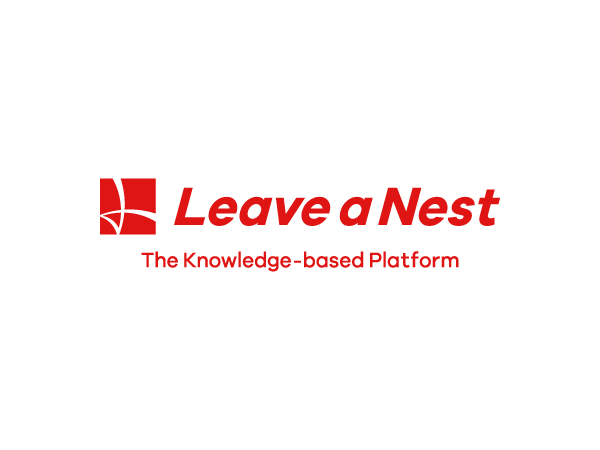Science Castle 2022 Tohoku Conference
| Event Name | Science Castle 2022 Tohoku Conference |
|---|---|
| schedule | Sunday, December 18, 2022, 11:45-18:00 |
| Location | Yamagata Prefectural Yonezawa Kojokan High School Access |
The manual will be updated from time to time. We will contact you by e-mail when major changes are made, but we will not contact you for minor modifications; please check the manual on your own.
Update Information
- Nov. 1 Open to the public
Audience wanted!
The conference is open to middle and high school students, middle and high school teachers, researchers, business people, and the general public for auditing.Advance application is required.will be.
We will not set a deadline for advance application, though,Applications will be closed when the venue reaches capacity.Please apply as soon as possible.
All co-researchers and faculty members other than the presenting principal investigator must also apply in advance.
To register, you will need to register your LIVERNESS ID.
What is LIVERNESS ID?https://id.lne.st/whatis
New registration for Liverness IDhttps://id.lne.st/pre_regist
Download Abstracts
You can download the abstract book here. Please use it not only for auditing but also for your research activities in the following year.
Oral Presentation
O-01
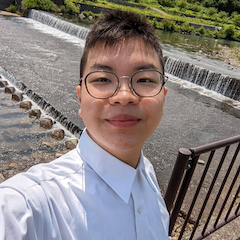
Noto Ueno (Yamagata Prefectural Yonezawa Kojokan High School)
Increasing efficiency of photovoltaic power generation using the Seebeck effect
O-02
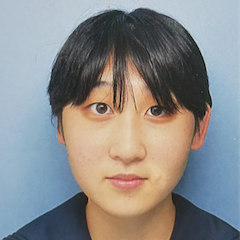
Rika Kumagai (Kesennuma High School, Miyagi Prefecture)
The Formation of the Squeaking Sand Beach
O-03
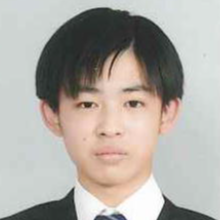
Terunori Soma (Hachinohe Institute of Technology Second High School)
Effects of foxes on breeding plumage
O-04
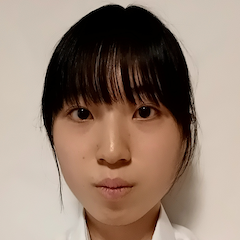
Honoka ANZAЇ (Yamagata Prefectural Yonezawa Kojokan High School)
Environmental DNA was used to identify the northern killifish (Oryzias sakaizumii) and southern killifish (Oryzias latipes) habitat survey and mapping
O-05
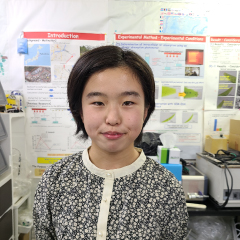
Rino Sasaki (Fukushima City Otori Junior High School)
The Mystery of Mud Batteries
O-06
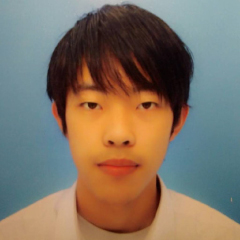
Yosuke Inkisato (Yamagata Prefectural Yonezawa Kojokan High School)
DNA extraction method using gelatin
O-07

Takeryu Moriya (Yamagata Prefectural Murayama Sangyo High School)
Research to fulfill Yamagata Prefecture residents' desire to eat taro stew in summer
Schedule for the day
| Venue | Main Venue |
Poster Room | Planning venue |
| 11:00 | inauguration | inauguration | – |
| 11:45 | opening ceremony (Opening remarks and introduction of partners) |
||
| 12:05 | keynote speech | ||
| 12:25 | <Oral Presentation Introduction of Oral Presentation Judges Oral Presentations O-01 to 04 Oral Presentations O-05 to 08 |
||
| 14:40 | First half of poster, odd number | ||
| 15:20 | Second half of poster, even number | ||
| 16:10 | special project | special project | |
| 17:10 | Awards Ceremony and Closing Ceremony | ||
| 18:00 | end |
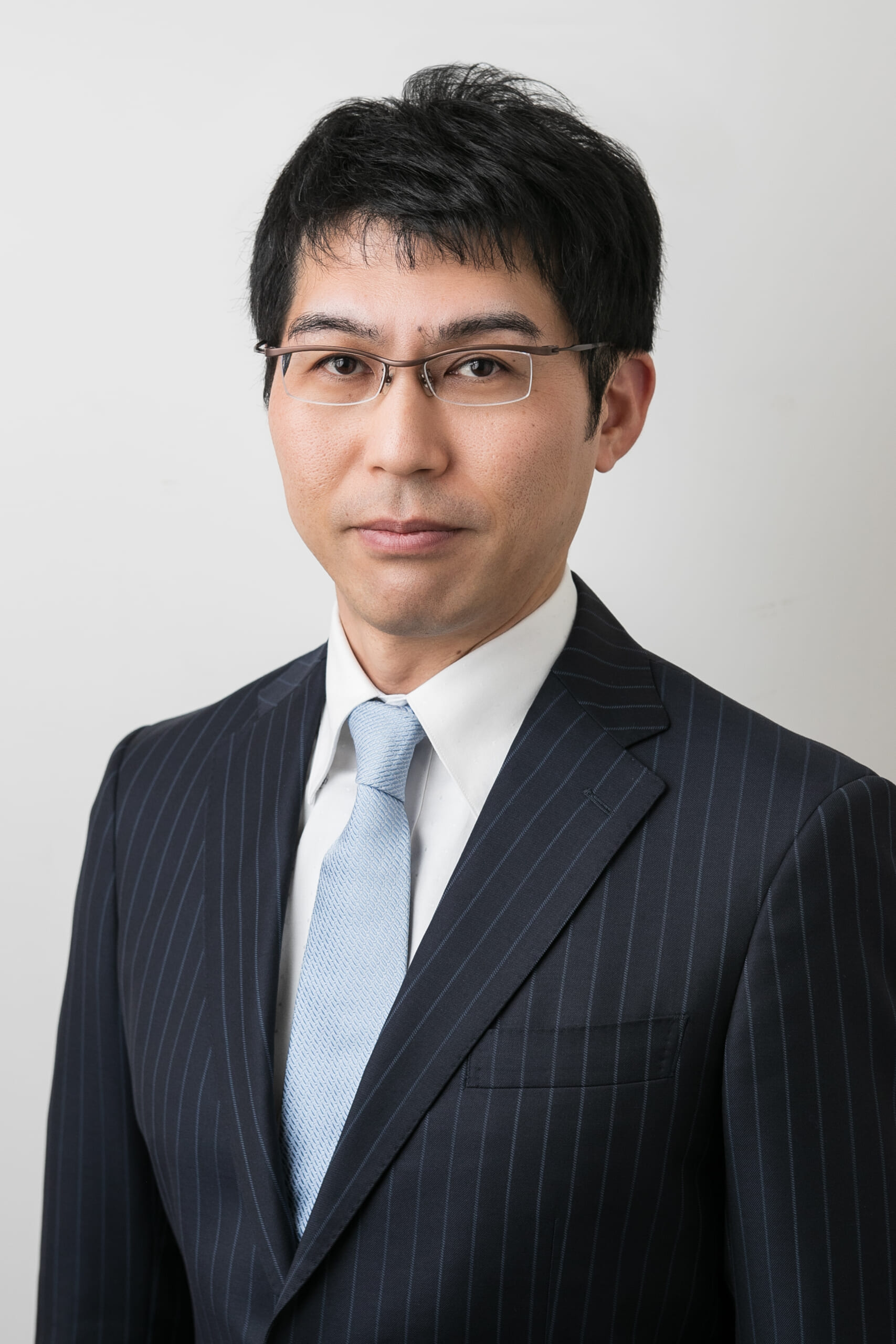
Hiroyuki Takahashi, Head of Jury
Doctor of Science
Executive Officer, LIVERNESS Co.
D. from Yokohama City University in 2009. D. in Science, focusing on creating new research projects between industry and young researchers, including the launch of the "Liberace Research Fund" for young researchers under the age of 40. In addition, he continues to organize the "Super Interdisciplinary Society," a place to generate new knowledge and seeds for research and development by combining individual knowledge, technology, and passion for problem solving without being bound by the framework of academia.
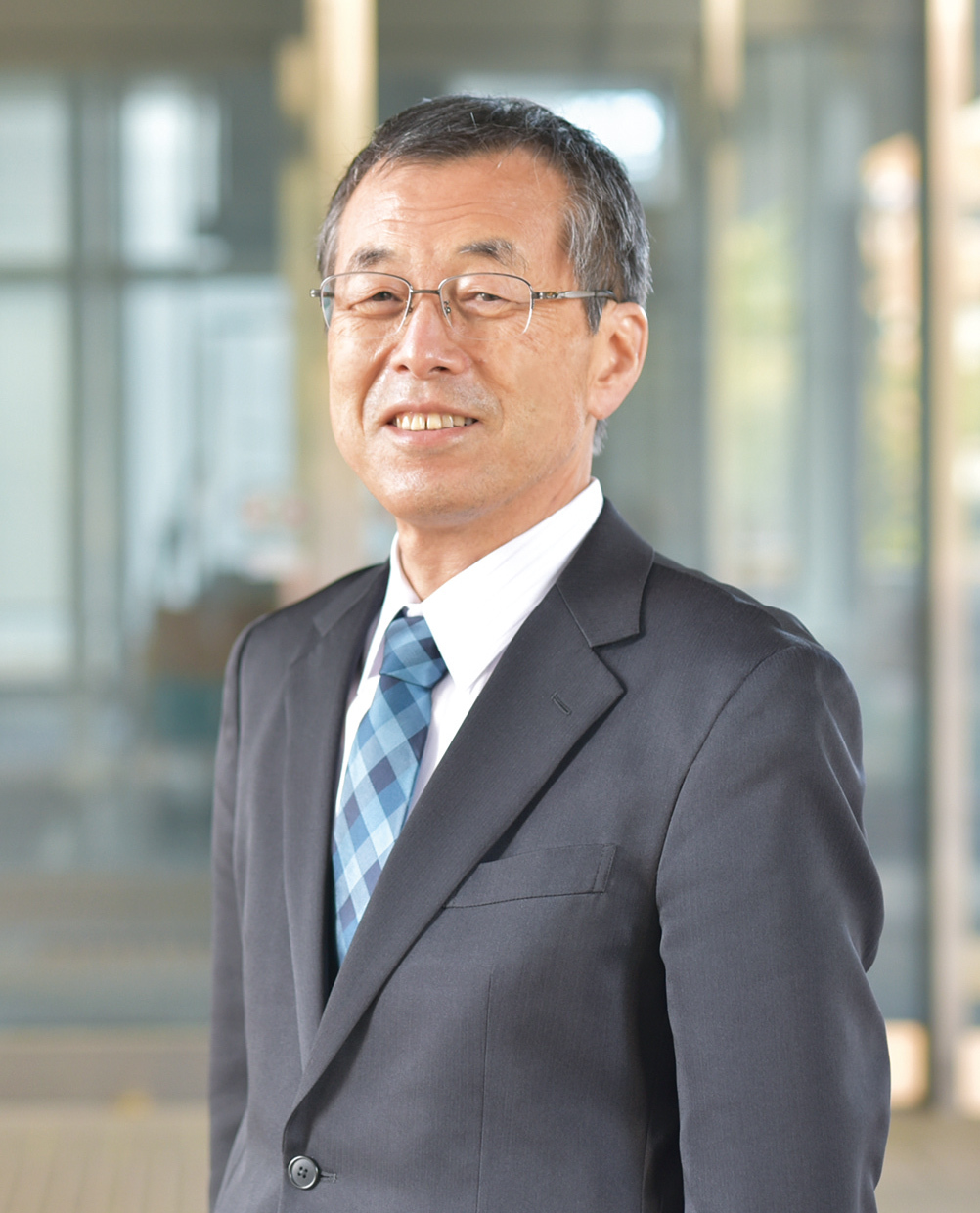
Junji Muramatsu
Doctor of Engineering
Deputy Director, Next Generation Synchrotron Radiation Project, Tohoku University
Professor, Director, International Center for Synchrotron Radiation Innovation and Smart Research
Born in Toyokawa City, Aichi Prefecture in 1959. D. in Engineering from the University of Tokyo in 1998, Research Associate at Tohoku University in 1989, Professor at Tohoku University in 2001, Director of Institute of Multidisciplinary Research for Advanced Materials at Tohoku University in 2015 (until March 2020), Deputy Director (in charge of Next Generation Synchrotron Radiation Project) in 2019, Director of International Synchrotron Radiation He will also serve as Director of the International Synchrotron Radiation Research Center for Innovation and Smart Research in 2019. He has published 205 original papers with 4,191 citations and an h-index of 32, which quantifies both the quality and quantity of his publications. He has served as a director and vice president of many academic societies, and was elected president of the Japan Petroleum Institute this year.
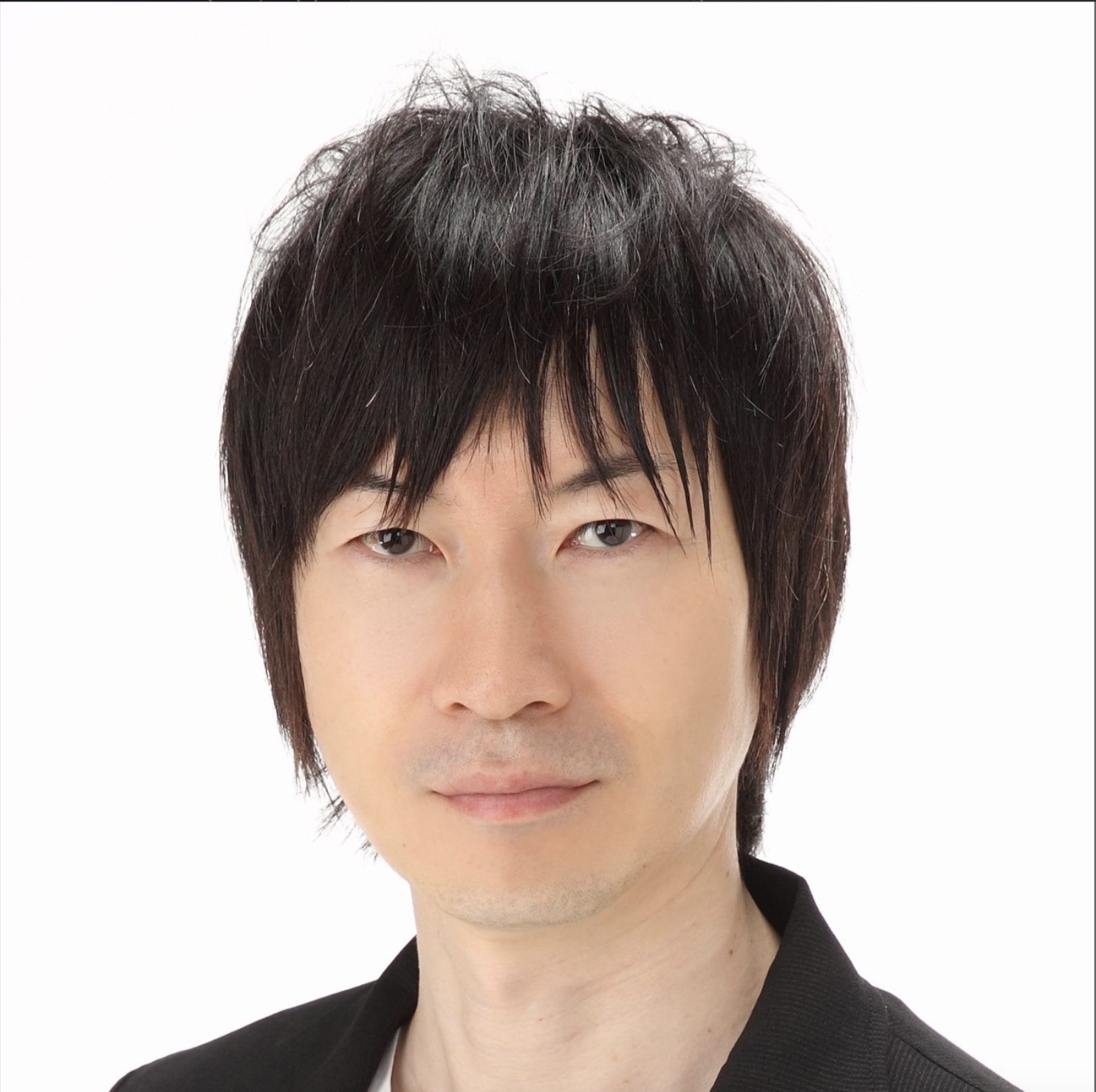
Yutaka Watanabe
Ph.D. (Computer Science and Engineering)
Senior Associate Professor, Department of Computer Science and Engineering/Information Systems, University of Aizu
D. (Computer Science and Engineering) from the Graduate School of Computer Science and Engineering at the University of Aizu in 2007. He was a Research Fellow of the Japan Society for the Promotion of Science (PD) and an Associate Professor at the University of Aizu in 2009 before assuming his current position in 2016. He developed Aizu Online Judge, an automated programming grading system, which has 100,000 registered users. He is currently developing and researching user interfaces and support functions to further support learning.
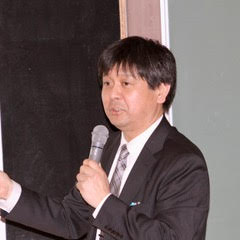
Shiro Kobe
Doctor of Science
Professor, Graduate School of Science and Engineering, Yamagata University
D. in Science (Tokyo Institute of Technology) and has served as a judge for Super Science High School.
We have been exploring photocatalysts and high-temperature superconductors and evaluating their physical properties. We are also developing a new method to measure the oxygen content in functional ceramics with high speed and high sensitivity.
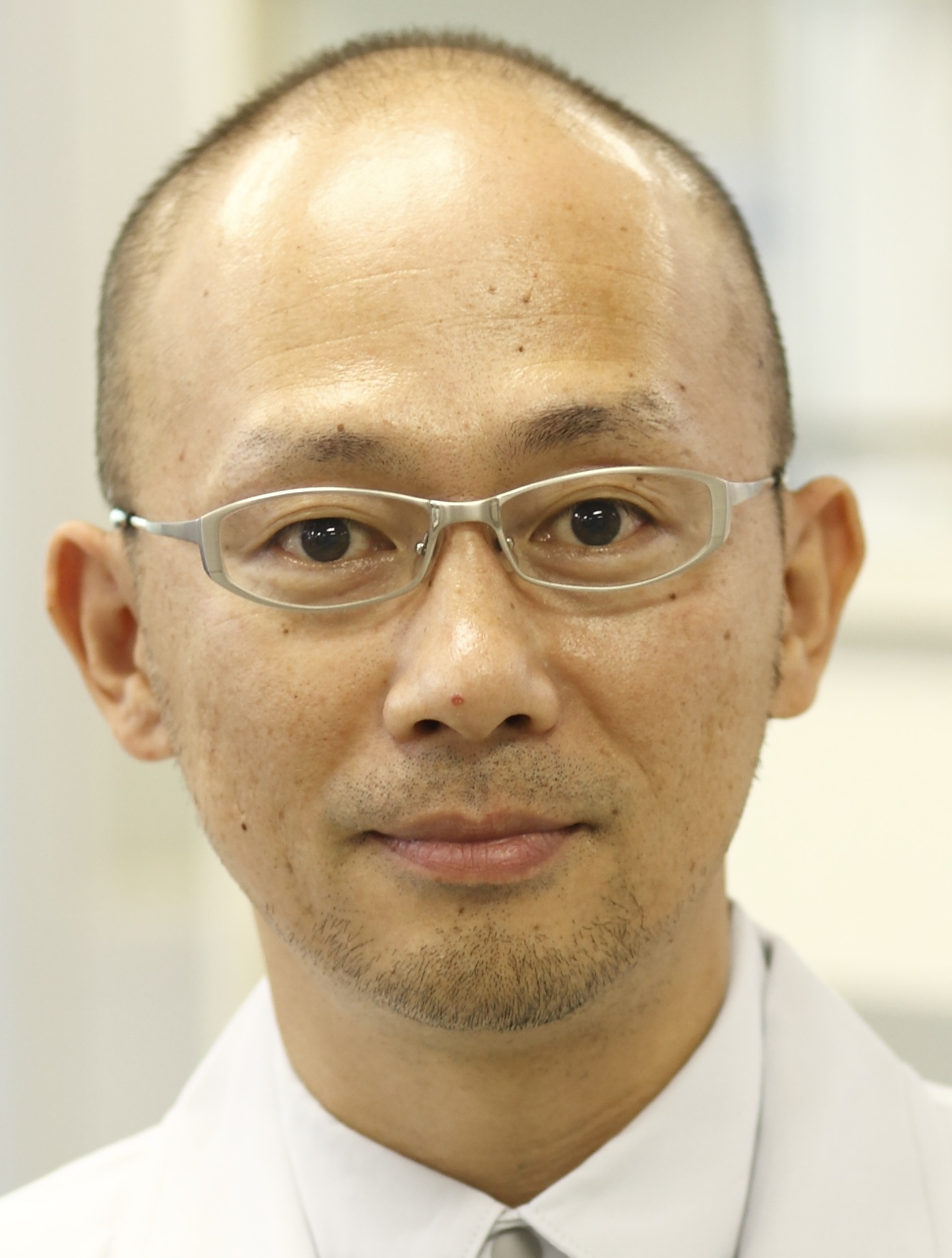
Kazuhiko Tabata
Doctor of Agriculture
Executive Officer, General Manager of R&BD Department and General Manager of Production Technology Research Laboratory, Kyowa Hakko Bio Co.
In 1996, he joined Kyowa Hakko Chemical Co. After the strategic alliance between the Kyowa Hakko Group and the Kirin Group in 2008 and the spin-off of the company into Kyowa Hakko Bio Co. He has been in his current position since April 2022. D. in Agriculture.
| No. | subject of an address | PI | belong to |
| O-001 | Increasing efficiency of photovoltaic power generation using the Seebeck effect | Noto Ueno | Yamagata Prefectural Yonezawa Kojokan High School |
| O-002 | The Formation of the Squeaking Sand Beach | Bailika Kumagai | Kesennuma High School, Miyagi Prefecture |
| O-003 | Effects of foxes on breeding plumage | Teruki Soma | Hachinohe Institute of Technology Second High School |
| O-004 | Habitat survey and mapping of northern killifish (Oryzias sakaizumii) and southern killifish (Oryzias latipes) using environmental DNA | Honoka Anzai | Yamagata Prefectural Yonezawa Kojokan High School |
| O-005 | The Mystery of Mud Batteries | Rino Sasaki | Fukushima City Otori Junior High School |
| O-006 | DNA extraction method using gelatin | Yosuke Inkzuri | Yamagata Prefectural Yonezawa Kojokan High School |
| O-007 | Research to fulfill Yamagata Prefecture residents' desire to eat taro stew in summer | Takekyu Moriya | Yamagata Prefectural Murayama Industrial High School |
| P-101 | Porcite Synthesis Conditions and its Leak Test in Circulating Synthesis Aimed at Reuse of Wastewater | Hikari Oka | Fukushima Prefectural Fukushima High School |
| P-102 | Carp from Lake Bailong (𝘊𝘺𝘱𝘳𝘪𝘯𝘶𝘴 𝘊𝘢𝘳𝘱𝘪𝘰) strain identification and search for a simple identification method by morphology | Mitsuro Sato | Yamagata Prefecture Yonezawa Kojokan High School |
| P-103 | Microorganisms solve the problem of ammonia power generation! | Hidetta Ui | Chuo University Yokohama High School |
| P-104 | Growing Mecha! Sea urchin agar farming on land | Sakura Hirosaki | Iwate Prefectural Kuji High School |
| P-105 | Aiming to improve the durability of perovskite solar power generation | Hinako Umetsu | Yamagata Prefectural Yonezawa Kojokan High School |
| P-106. | liquefaction | Issho Takahashi | Iwate Prefectural Mizusawa High School |
| P-107. | Production of an inexpensive simple electrocardiograph using Arduino | Endo sky | Furukawa Reimei High School, Miyagi, Japan |
| P-108 | Sleep patterns in Mexican salamanders. | Ryusho Igarashi | Haguro High School |
| P-109 | Survey of Buried Seeds in Kabukurinuma for the Restoration of Endangered Species | Kosuke Shiratake | Furukawa Reimei High School, Miyagi |
| P-110 | Creation of blue American crayfish and comparison of health status | Yutaka Matsuo | Nihon University Yamagata High School |
| P-111 | Suitable habitat for leafhoppers | Hayato Ito | Nihon University Yamagata High School |
| P-112 | Aiming to treat tritiated water with ishikurage | Chihiro Endo | Fukushima Higashi High School |
| P-113 | Effects of salt reduction by salty-umami enhancing aroma ingredients in all-purpose seasonings | Ruka Ito | Akita Minami High School |
| P-114. | Calcium carbonate crystallization using spider webs as a site | Rei Sato | Furukawa Reimei High School |
| P-115. | Identification of methanogenic bacteria in rice paddies | Yuri Sato | Furukawa Reimei High School, Miyagi, Japan |
| P-116. | Cosmetics utilizing the moisturizing properties of safflower | Kaeka Sato | Yonezawa Kojokan High School |
| P-117. | Save the future of the Toyama turnip (Brassica rapa Rapifera Group) through tissue culture! | Waka Hayakawa | Yamagata Prefectural Yonezawa Kojokan High School |
| P-118 | Alternate turnover response in the cockatoo beetle, Coccinella coccinella. | Mei Inomata | Furukawa Reimei High School, Miyagi, Japan |
| P-119. | Antimicrobial effect of Araliaceae leaves (Acanthopanax sieblianum) against Gram-negative bacteria. | Sugai Tenka | Yamagata Prefectural Yonezawa Kojokan High School |
| P-120 | Degradation rate of biodegradable plastics in relation to soil pH | Yutaro Kakizaki | Yamagata Prefectural Tozakuragakkan High School |
| P-121 | Creating people-friendly detergents using food ingredients | Hanauei Yokoyama | Yamagata Prefectural Yonezawa Kojokan High School |
| P-122 | Oversaturation saves the world! ~Warmth without CO₂ emissions~! | Ryusuke Imamura | Chuo University Yokohama High School |
| P-123 | Search for a method of drying and restoring cellulose nanofibers, a new material | Yohei Ono | Yamagata Prefectural Yonezawa Kojokan High School |
| P-124 | Let's control the taste of tea. | Natsumi Senda | Iwate Prefectural Mizusawa High School |
| P-125 | OWL OK in serration | Dashiki Sato | Chuo University Yokohama High School |
| P-126 | Development of New Semiconductor Polymers for Flexible Thermoelectric Conversion Devices for Snowy Areas | Keijun Endo | Yamagata Prefectural Yonezawa Kojokan High School |
| P-127 | Quantification of flame reaction | Mirai Fukazawa | Chuo University Yokohama High School |
| P-128 | Research on familiar substances that reduce blue light | scenery being beautiful in both sunny and rainy weather | Otawara High School |
| P-129 | Vertical jump and body | Kazuka Takahashi | Miyagi Prefectural Furukawa Reimei High School |
| P-130 | Clip motors are used to make non-contact generators. | Fujiwara Shizuku | Iwate Prefectural Mizusawa High School |
| P-131 | Marine debris collection using bubble net feeding | Kosei Emono | Yamagata Prefectural Yonezawa Kojokan High School |
| P-132 | Isolation and utilization of plant symbiotic microorganisms (endophytes) | Takama Tokaibayashi | Yamagata Prefectural Murayama Industrial High School |
| P-133 | Research on High Oleic Sunflower Seeds for Animal Feed | Kaido Miura | Aomori Prefectural Sambongi Nogyo Keihaku High School |
| P-134 | Reproduce rock-paper-scissors with acceleration | Chinatsu Sakuma | Furukawa Reimei High School, Miyagi, Japan |
| P-135 | Selection of suitable refrigerants for boiling cooling promoted by electric field | Yarimizu Daisho | Yamagata Prefectural Yonezawa Kojokan High School |
| P-136 | Practical Application of AI to Read Emotions from Eyes | Oi Shin | Yamagata Prefectural Tozakuragakkan High School |
| P-137 | The relationship between the sums of a sequence of numbers | Ryusho Kikuchi | Iwate Prefectural Mizusawa High School |
| P-138 | Development of hovercraft with fan rotation system for propulsion | Yosuke Ota | Yonezawa Kojokan High School |
| P-139 | Probability of winning | Abe Airyu | Mizusawa High School |
| P-140 | Characteristics of high-temperature quartz produced in Miyagi Prefecture | beautiful glaze on top of a glaze | Miyagi Gakuin High School |
| P-141 | How to increase power generation by changing electrolytes | Toyama Shinta | Otawara High School |
| P-201 | Effects of ultrasound on plants | Miura Endo | Yamagata Prefectural Nagai High School |
| P-202. | A closer look at the ideal energy configuration that northern Tochigi Prefecture is aiming for. | Yushin Tomura | Otawara High School |
| P-203. | Let's Deodorize the World's Toilets - Focusing on Ammonia | Hozumi Miyagi | Yamagata Prefectural Nagai High School |
| P-204. | Protection of snagocamatopsis (Pseudogobio polysticta) using environmental DNA. | Shintaro Yamaki | Yamagata Prefectural Yonezawa Kojokan High School |
| P-205. | Comparison of the sterilizing effect of hot springs by the halo method | Kato maple | Yamagata Prefectural Nagai High School |
| P-206. | Wormwood germination and the action of its components | Miki Goto | Sakata Higashi High School |
| P-207. | Anti-mold action for strong smelling foods and liquids | Tsuchiya Tohruuma | Nihon University Yamagata High School |
| P-208. | To efficiently convert sound into heat | Yusho Muto | Sakata Higashi High School |
| P-209. | Variation of Sound Insulation Coefficient by Shape of Sound Insulation Material | Surunshin Kimura | Yamagata Prefectural Yonezawa Kojokan High School |
| P-210 | Low-stress cultivation of high-sugar tomatoes II | Naito Sakuzuki | Fukushima City Agatsuma Junior High School |
| P-211 | Research on how to make magma easily at low temperatures | Fuuki Kakusei | Kubota Elementary School |

keynote speech
What can you see at NanoTerasu, the next-generation synchrotron radiation facility?"
Junji Muramatsu / Director and Professor, International Synchrotron Radiation Innovation and Smart Research Center, Tohoku University, Deputy Director (in charge of Next Generation Synchrotron Radiation Program)
NanoTerasu, the world's most powerful and advanced next-generation synchrotron radiation facility, is currently under construction at Tohoku University's new Aobayama campus. What will we be able to see using this facility? What will we be able to know?
<プロフィール>
Born in Toyokawa City, Aichi Prefecture in 1959. D. in Engineering from the University of Tokyo in 1998, Research Associate at Tohoku University in 1989, Professor at Tohoku University in 2001, Director of Institute of Multidisciplinary Research for Advanced Materials at Tohoku University in 2015 (until March 2020), Deputy Director (in charge of Next Generation Synchrotron Radiation Project) in 2019, Director of International Synchrotron Radiation He will also serve as Director of the International Synchrotron Radiation Research Center for Innovation and Smart Research in 2019. He has published 205 original papers with 4,191 citations and an h-index of 32, which quantifies both the quality and quantity of his publications. He has served as a director and vice president of many academic societies, and was elected president of the Society of Petroleum Engineers of Japan this year.
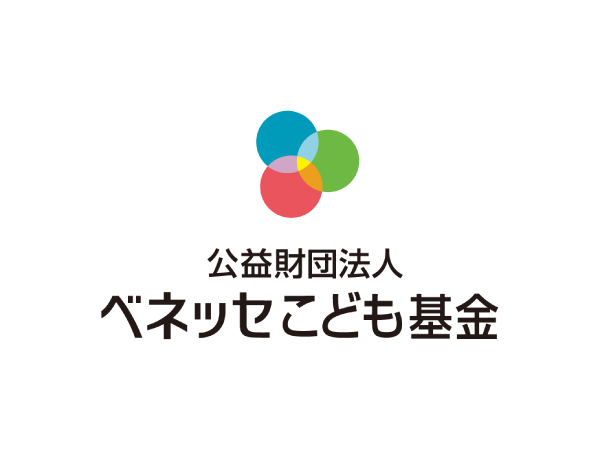
Workshop for Teachers]
Recommendations for D&I research to be undertaken close to home
~ Diversity & Inclusion (D&I) is the study of self~.
Partner: Benesse Children's Foundation
*Pre-registration is accepted.
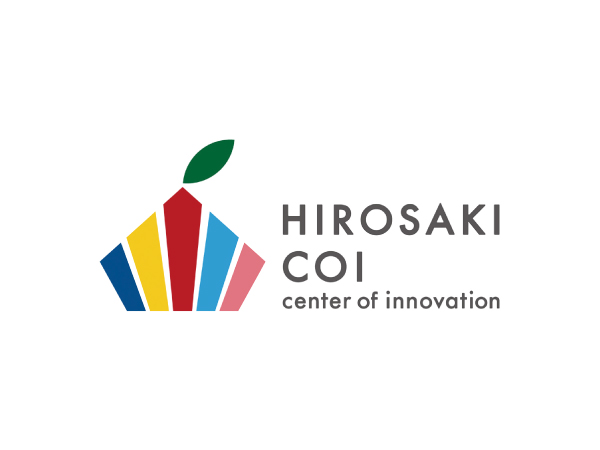
Special Lecture
The Future of Health from Big Data and AI
Partner: Hirosaki University Health Future Innovation Research Organization
Workshop
Research and development ventures and researchers in Tohoku are working on
Let's think about social implementation of research results together!
Leave a Nest Co., Ltd.
*Pre-registration is accepted.
Workshop for Teachers]
How will biotechnology change our lives?
Leave a Nest Co., Ltd.
*Pre-registration is accepted.
Workshop for Teachers]
Recommendations for D&I research to be undertaken close to home
~ Diversity & Inclusion (D&I) is the study of self~.
Partner: Benesse Children's Foundation
Location:Planning site A
Implementation time: 16:10-17:00

Applications will be accepted on a first-come, first-served basis from those who register in advance. If seats are still available, participants may join on the day of the event.
We will invite Prof. Shinichiro Kumagai of the University of Tokyo, Ms. Miwako Morimura of Komae Daisan Elementary School, and Benesse Children's Fund to share the important perspective of D&I, the concept of "self-initiated research," and to introduce research in the field of D&I that can be conducted in school life and in children's daily activities. We will also introduce that there is research in the field of D&I that can be conducted in school life and in activities around children.
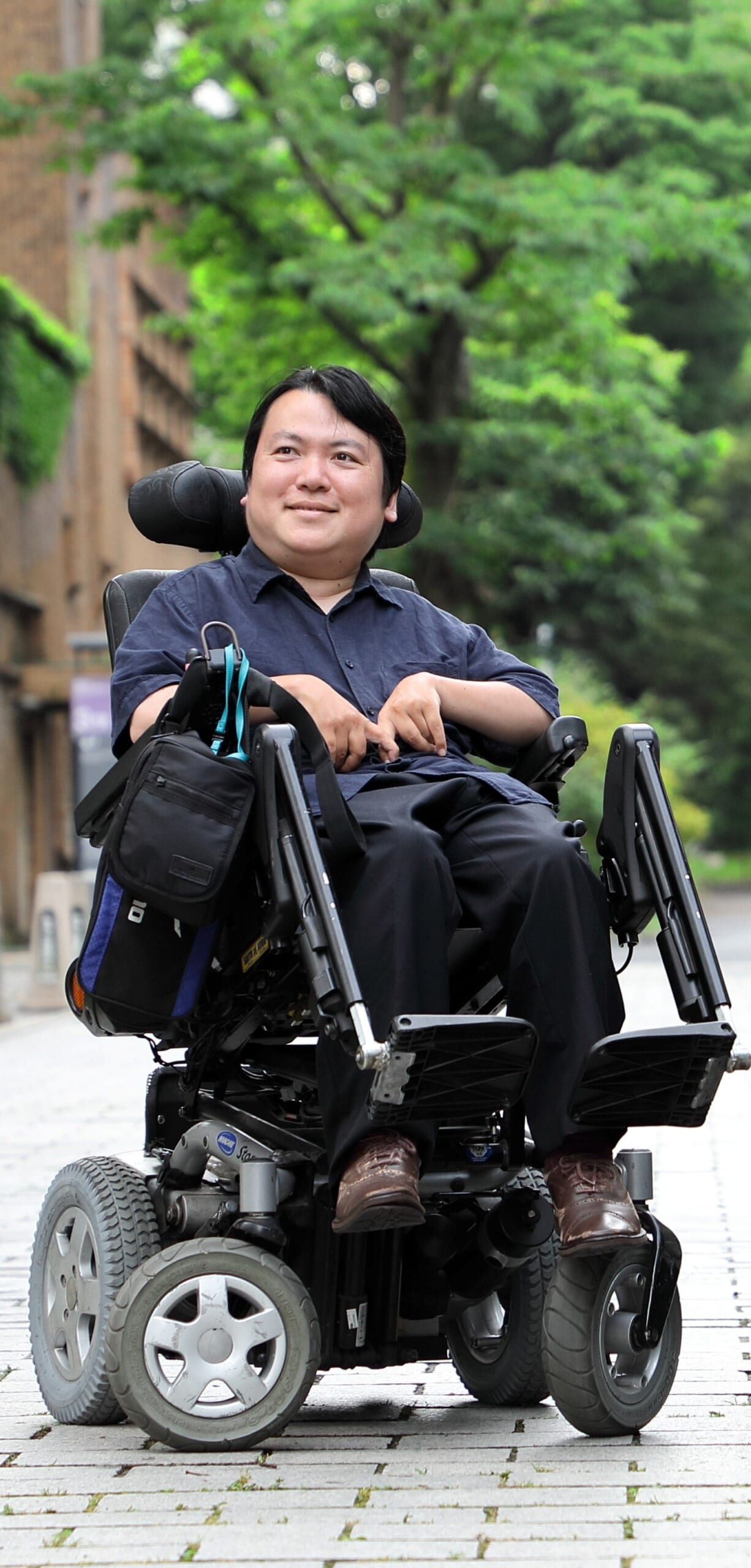
Mr. Shinichiro Kumagai
Associate Professor, Research Center for Advanced Science and Technology, The University of Tokyo
Born in Yamaguchi Prefecture in 1977. He was born with cerebral palsy and lost the use of his arms and legs soon after his birth. Associate Professor at the Research Center for Advanced Science and Technology, University of Tokyo, Director of the Office of Barrier-Free Support, University of Tokyo, Affiliate Member of the Science Council of Japan, and Member of the Committee on Disability Policy, Cabinet Office. D. in pediatrics. Specializes in research on people with disabilities and pediatrics.
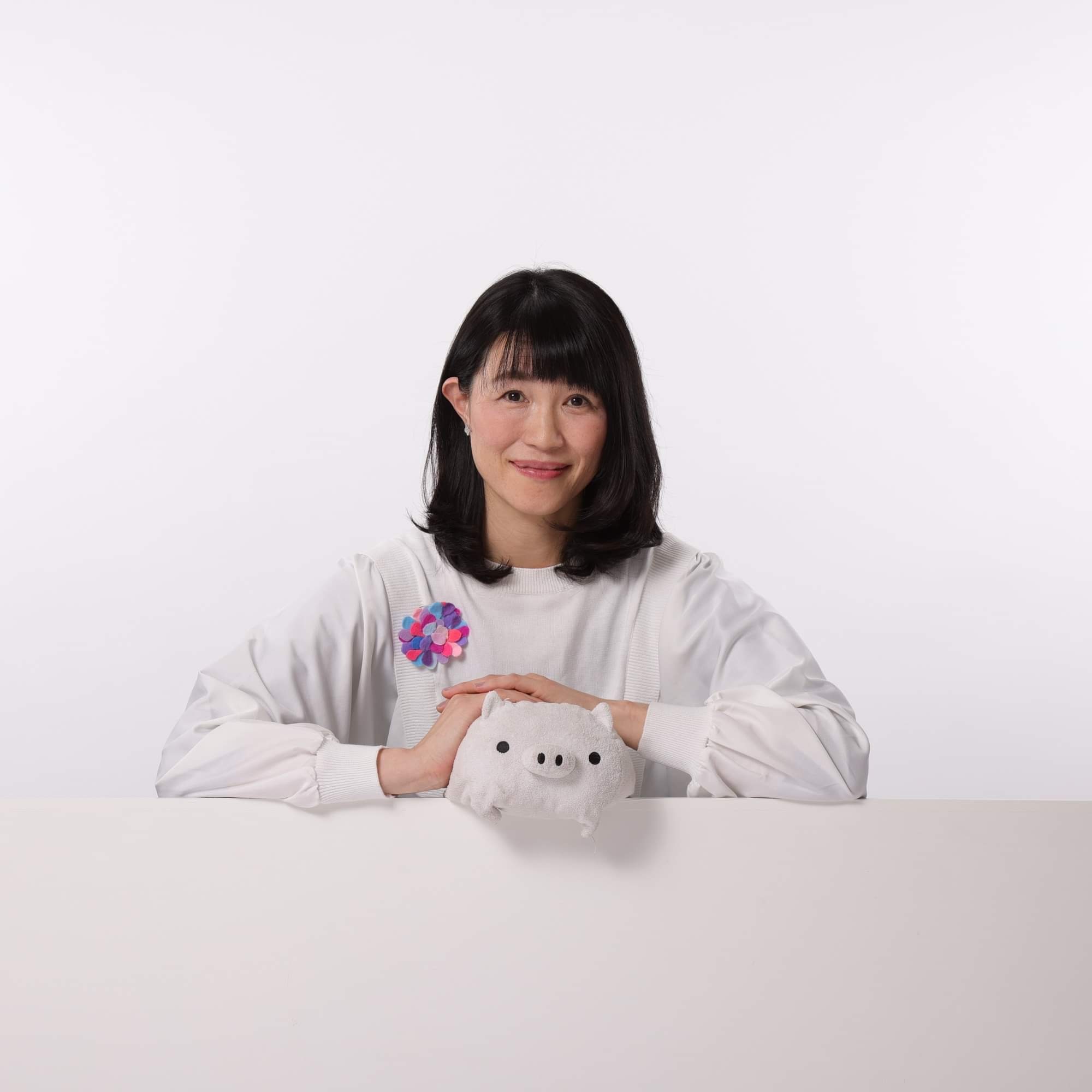
Ms. Miwako Morimura
Autism and Emotional Disorder Special Needs Classroom Teacher, Komae Daisan Elementary School, Komae City, Tokyo
Educational consultation coordinator and school psychologist. After graduating from a national university with a bachelor's degree in education, she worked as a public elementary school teacher in a mentally retarded class and a classroom guidance class. While working as a preservice teacher, she deepened her studies at Waseda University's Graduate School of Teaching and Learning, and currently serves as a special needs classroom teacher. For many years, she has been dealing with the essence of these problems and has been practicing education that removes the difficulties children face in life. He was awarded the Minister of Education, Culture, Sports, Science and Technology Outstanding Teacher Award in 2008, and supervises NHK U &i programs. He is the author of "Self-Research" for Children with Special Needs: The Practice of "Self-Research" Susume Children's "Party Research" (Kaneko Shobo), supervised by Shinichiro Kumagai.
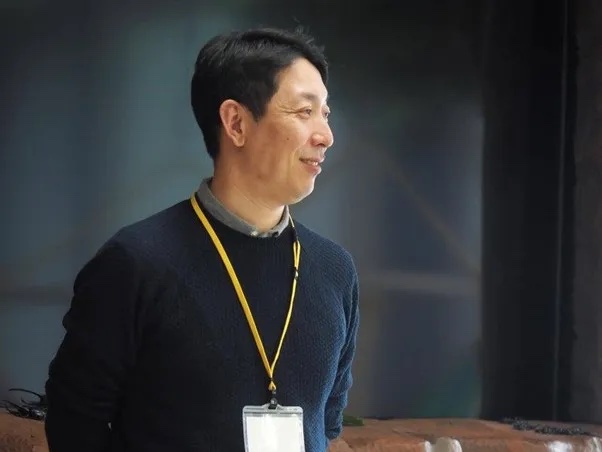
Mr. Tomohiro Aoki
Executive Director, Benesse Children's Foundation
Executive Director of Benesse Children's Foundation. Born in Machida City, Tokyo. (After working for Benesse Corporation's global division and school division, she was transferred to Benesse Children's Fund in 2018. In addition to providing grants to NPOs and other organizations that support the learning of children with serious illnesses and children with financial difficulties, she also works on her own initiative to create and verify new learning models that utilize public-private partnerships and technology, and to make policy proposals. In his private life, he has been organizing exchange meetings with NPOs and social entrepreneurs since 2007. His mission is to "increase the flow of people crossing borders between sectors.
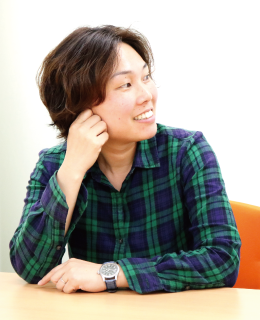
Satomi Maeda
Director, Center for Comprehensive Education and Research, Riverness, Inc.
Educational Development Division/ Center for Education and Comprehensive Research After graduating from high school, she moved to the U.S. She received her master's and doctorate in ergonomic psychology from Wright State University, and joined RIVANES in 2010. She has been involved in the development of training programs for young researchers, teacher training, and international education planning for middle and high school students, and since April 2018, she has been working with teachers at schools on research on evaluation systems and cultivation of non-cognitive abilities as the director of the RIVANES Center for Education and Comprehensive Research.
Special Lecture
The Future of Health from Big Data and AI
Partner: Hirosaki University Health Future Innovation Research Organization
Location:Main venue
Implementation time: 16:10-17:00

The Future of Health as Seen from Big Data What is the difference between long-lived and short-lived prefectures? This is where the essence of health issues can be found. Hirosaki University is currently collaborating with Kao, Ajinomoto, Aeon, Benesse, and other major companies on a huge project aimed at realizing a healthy and long-lived society under the banner of "Life Span Revolution. The University will introduce its cutting-edge research, including the development of artificial intelligence (AI) that predicts diseases based on health big data.
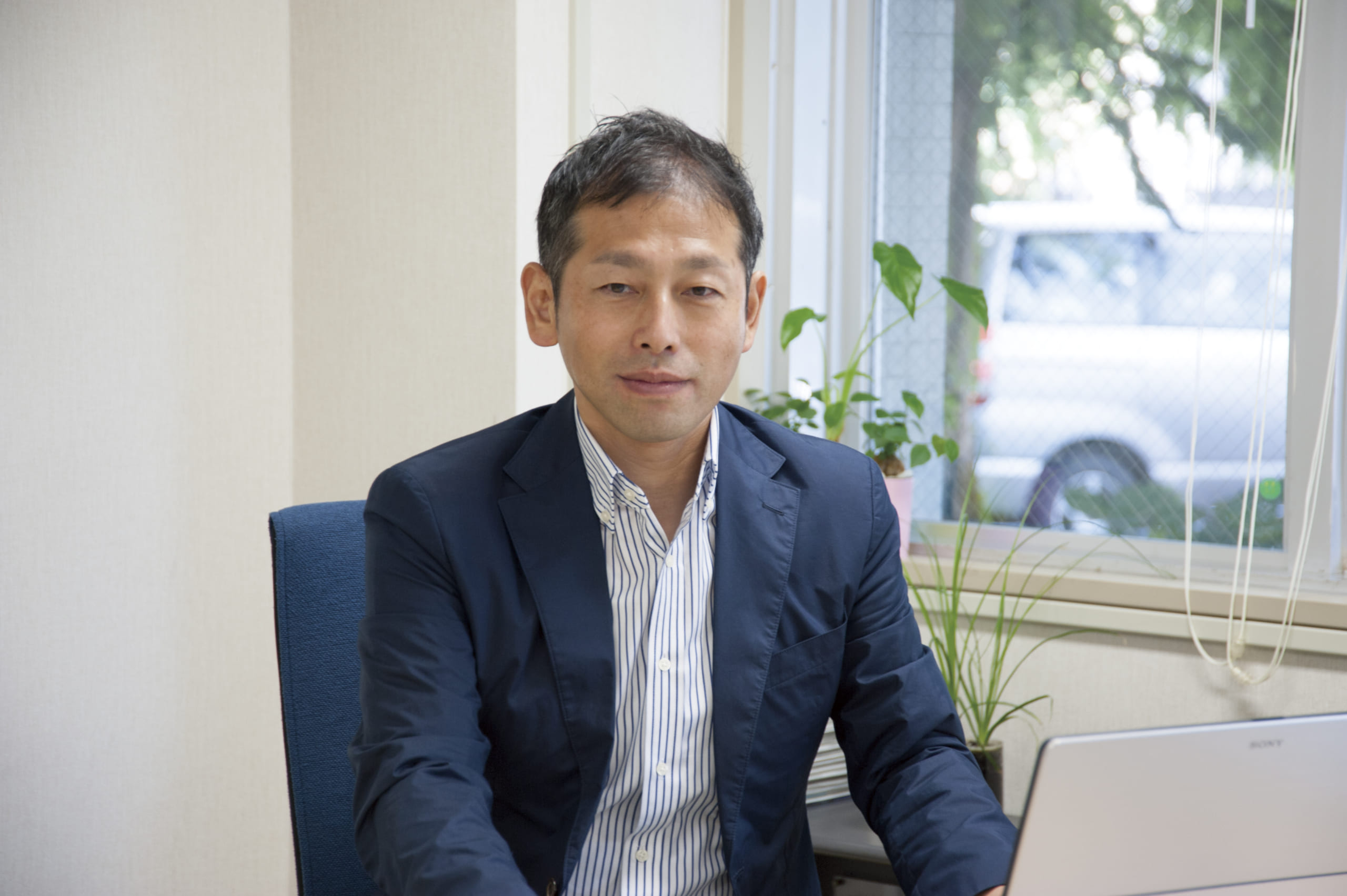
Mr. Koichi Murashita
Professor, Hirosaki University, Director (Head of Center), Health Future Innovation Research Organization
After working for the Aomori Prefectural Government, Sony, and as a fellow at the University of Tokyo, he assumed his current position in 2014. He is also the Director of Hirosaki University's Institute for Health Future Innovation, where he oversees the management of industry-academia collaborations. He has served on numerous government committees, including the Ministry of Education, Culture, Sports, Science and Technology. Received the Prime Minister's Award at the 1st Japan Open Innovation Awards, Cabinet Office (2019). Winner of the 7th Platinum Award, Minister of Internal Affairs and Communications Award (2019). The 9th Innovation Net Award, Minister of Education, Culture, Sports, Science and Technology Award (2020).
Expertise: Regional industrial (innovation) policy, social medicine
Workshop
Let's think together about social implementation of research results that R&D ventures and researchers in Tohoku are working on!
Leave a Nest Co., Ltd.
Venue:Planned Venue C
Implementation time: 16:10-17:00
Applications will be accepted on a first-come, first-served basis from those who register in advance. If seats are still available, participants may join on the day of the event.
Ventures and companies based in Tohoku that are trying to solve social issues will gather to learn about their technologies and thoughts, and discuss together how to implement them in society and their future.
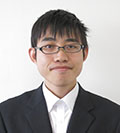
Mr. Hirotaka Tomori
Assistant Professor, Department of Mechanical Systems Engineering, Graduate School of Science and Engineering, Yamagata University
Ph.D. (Engineering). D. in Engineering, is engaged in research and development of soft robots using artificial muscles. Yamagata University is based on materials engineering, and basic research is being conducted in various fields, followed by applied research and product development. Currently, we are focusing on the development of a lower limb assistive device using pneumatic rubber artificial muscles. This actuator also has back drivability, making it useful for the development of structurally safe wearable devices. We hope to develop an assistive suit that reduces the burden on knees and hips in agriculture, industry, and nursing care. We are trying to make it lightweight and flexible by driving it with pneumatic rubber artificial muscles that have high affinity with the human body, and by using an "endoskeleton type" that eliminates hard parts as much as possible.
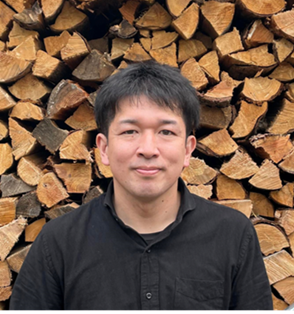
Mr. Yuta Nakayasu
Assistant Professor, Institute for Frontier Interdisciplinary Sciences, Tohoku University
Managing Partner, The 100 Co.
Ph.D. (Environmental Science). Basically, I am a researcher of environmental materials and material processes. On the other hand, I live in a mountainous area and own a mountain with my friends, making firewood and using it for heating, and I am trying to develop such and such a system for energy self-sufficiency within the community. Ltd., where I am concurrently working, I am exploring where to drop the lifestyle with the goal of achieving "basic infrastructure self-sufficiency" by combining satoyama culture with science and technology. We are also engaged in manufacturing using [cutting-edge engineering] and [satoyama resources], which are the results of our research at Tohoku University. We also started a company called Satoyama Engineering Co.
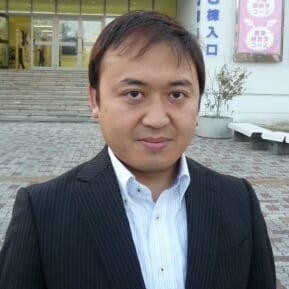
Mr. Hironori Ohashi
Fukushima University, Faculty of Science and Engineering, Department of Symbiotic Systems Science and Engineering, Division of Materials and Energy Science (Natural Sciences and Informatics), Associate Professor
Fukushima University Synchrotron Radiation Research Institute
Doctor of Science. D., is a leading researcher on the final storage of radioactive cesium. I was appointed to Fukushima University just as I wanted to contribute to the recovery of my hometown Fukushima from the Great East Japan Earthquake and the Fukushima Daiichi Nuclear Power Plant accident, so I consider it my destiny to conduct reconstruction research. With the key phrase "Fukushima's reconstruction through the power of science," I have been working toward the commercialization of forest decontamination. While working on the "heterogeneous catalysts" necessary for commercialization, I am now challenging the field of "food," which has not been my field, from a different field, and approaching the issue of how to convey the deliciousness of food from an analytical chemistry perspective, aiming to create a de facto standard from Fukushima for indicators of the deliciousness of agricultural products. We aim to create a de facto standard for the taste index of agricultural products from Fukushima.
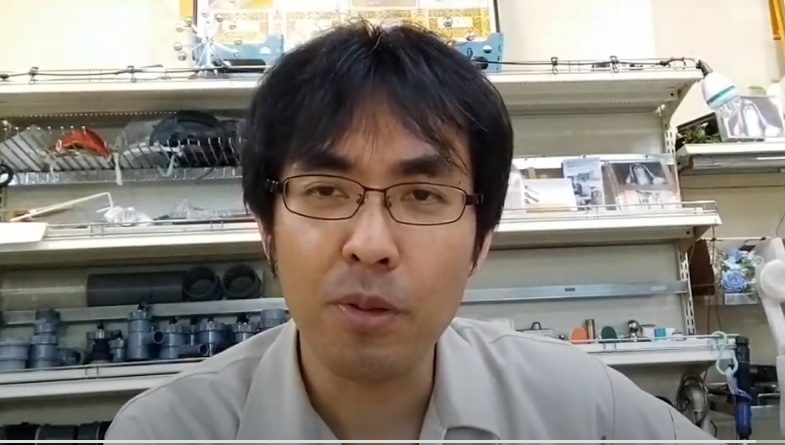
Mr. Yoshi Sato
Representative Director and CEO, Aqua Solutions, Inc.
Doctor of Engineering. Born in Tsuruoka City, Yamagata Prefecture. After working as a researcher at an out-of-prefecture university, he went to work for a local coil manufacturer (U-turn). Subsequently, in addition to design and development positions and consulting work for local manufacturing companies, he has been engaged as a teacher at private and prefectural technical high schools and technical colleges for about 12 years, and continues to do so today. In May 2022, he established Aqua Solutions Corporation, which deals with microbubble technology, and is currently working to develop this technology with the goal of reducing fuel and other energy losses while proposing and promoting this technology widely in the fields of agriculture, fisheries, livestock, beauty, infrastructure, and combustion technology. We are working to promote microbubble technology to the world and contribute to improving local employment and reducing environmental impact.
Workshop for Teachers]
How will biotechnology change our lives?
Leave a Nest Co., Ltd.
Venue:Planned Venue B
Implementation time: 16:10-17:00
Applications will be accepted on a first-come, first-served basis from those who register in advance. If seats are still available, participants may join on the day of the event.
We will introduce the connection between advanced biotechnology and our daily lives, such as genome editing technology and bioplastics. We will also introduce teaching materials and science posters that can be used as themes for exploration and problem-based research.
List of Booth Projects
Booth exhibits of the following projects will be held at the poster venue.

The Future of Health from Big Data and AI
Hirosaki University Health Future Innovation Research Organization
What is the difference between long-lived and short-lived prefectures? This is where the essence of health issues can be found. Hirosaki University is currently collaborating with DeNA, Shiseido, Kao, Ajinomoto, and other major companies on a huge project under the banner of "Life Span Revolution" to realize a well-being community co-creation society. We will introduce our cutting-edge research, including the development of artificial intelligence (AI) to predict diseases based on health big data.
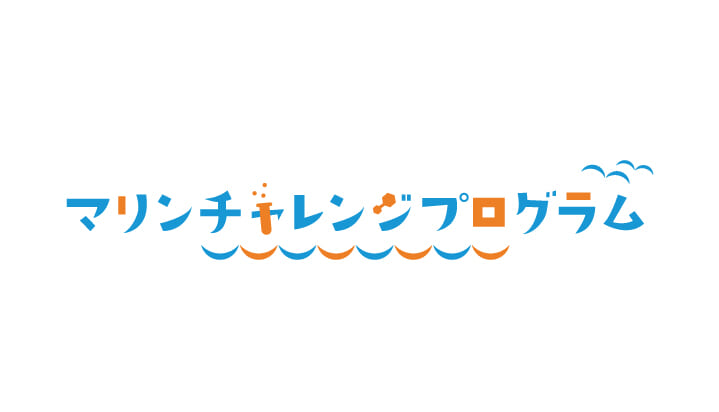
Challenge yourself to research the ocean and aquatic environment! Marine Challenge Program
The Nippon Foundation, JASTO, Liverness Inc.
The Marine Challenge Program is a program to support you who want to start research on the ocean and aquatic environment. At this booth, we will introduce past research themes, give advice on planning research themes, and introduce the Marine Challenge Program.
How will biotechnology change our lives?
Leave a Nest Co., Ltd.
We will introduce the connections between advanced biotechnology and our daily lives, such as genome editing technology and bioplastics. We will also introduce video clips, slides, and other teaching materials that can be used as themes for exploration and problem-based research. We are also looking for model schools to conduct classes!
Partner



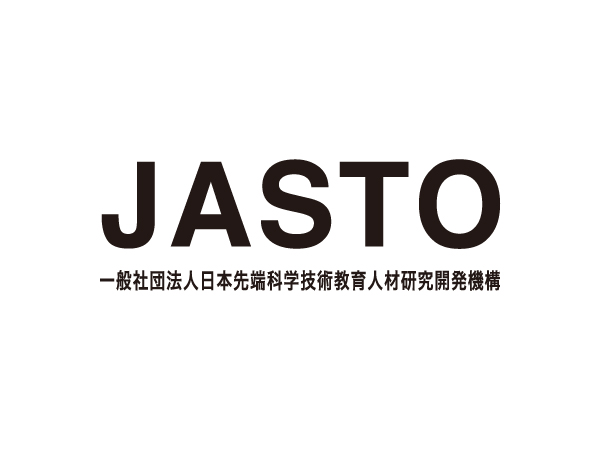
Organizing and planning
